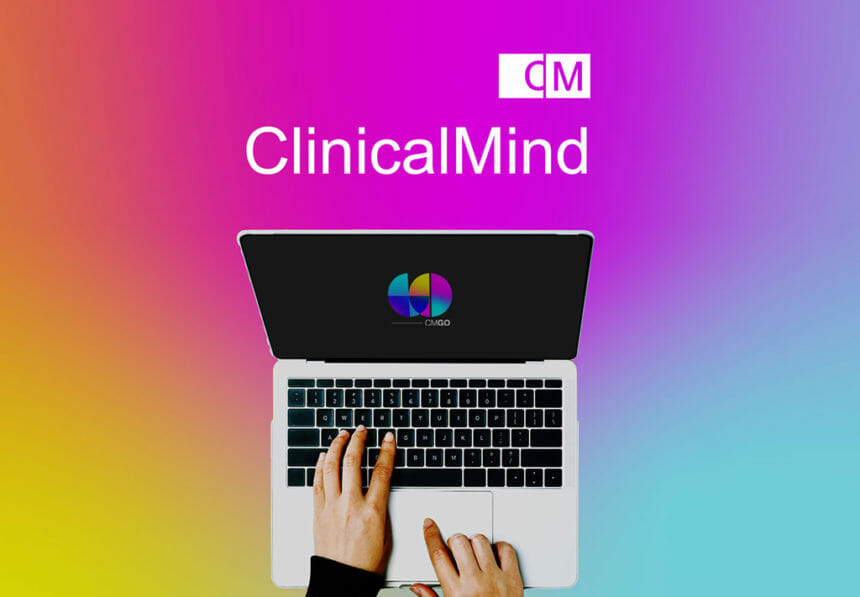When technology works, it’s a beautiful thing. For program managers running Speaker Bureau and Advisory programs, the reality of technology can be a bit more complicated. In a recent survey, only 32% of biopharma program managers agreed that their SAAS (software as a service) / platforms made work easier. Over 60% admit to managing critical program data outside of their tech stack, using spreadsheets. Technology should simplify our work – but why can it sometimes do the opposite?
Software is easy. Collaboration and change can be hard.
At ClinicalMind (CM), a decade of managing both the technology and Medical Communications side of engagement has taught us that technology is almost always a pain point for client teams. Ashley Kamil, VP of Client Success at CM notes, “In my experience, you can’t solve most problems only with technology. It requires a human touch. That’s why we don’t love to use the term ‘SaaS’ – software isn’t really a service on its own. People provide service. Software plays a supporting role.”
Ultimately, the winning formula for implementing technology is to have: a great platform, the right people, and a great plan. Here are five key steps to leaning into that human touch and achieving a successful technology rollout.
1: Get real about gaps and pain points
In a great discovery phase – it’s critical to ask challenging questions. Some of these may include:
– What may have caused some of your current technology pain points?
– How do different stakeholders view the project? Do their concerns differ?
– What are you afraid might go wrong?
– Do you have concerns about resourcing and managing the new system?
List out the processes that really work for you, and what frustrates you day to day. Identify what can be changed and the obstacles you’ll need to work around.
Effective discovery phases benefit from the insight of partners who know the software, understand the end-users and who have sat in your chair. In some ways, a good technology partner is part strategist, part technologist, and part therapist. By asking the right questions and answering them honestly – you set yourself up for success.
2: Build Consensus early
Engagement software often impacts many internal and external stakeholders. It’s wise to start early, building consensus and excitement around your deployment.
Here’s one example. Our cloud-based HCP engagement platform, CMGO [www.cm-go.com], has an application for automating the contracting process for KOLs (key opinion leaders). It’s been a huge benefit to loop in compliance and finance teams early in the deployment process. We’ll discuss how the system works and how the application can help them gain better control of and visibility into the contracting process.
In this process, we often uncover important insights, making the result stronger. It’s also valuable to build internal advocacy right from the beginning.
3: Predict bottlenecks
Another critical factor for a smooth tech rollout is to predict bottlenecks and get ahead of them. Part of this comes from experience, but it takes a mindful effort to visualize how an implementation will work in the “real world” and highlight areas where a plan B, or plan C might be helpful. This puts the project into a proactive, rather than reactive mode.
4: Make launch exciting
What’s more exciting than a launch?
We spend so much time and effort launching new healthcare brands and products – but new systems also need their time in the sun. Making rollout a bit more exciting than a dry 60-minute training session is a wonderful way to build a little equity and share why you were excited about the technology in the first place. You may stop short of balloons and party hats, but a thoughtful communication plan with a little fun mixed in never hurt.
5: Never stop listening
Finally, in a successful technology rollout, listening never stops. There will always be a need to assess, adjust, and be flexible. However, doing this doesn’t happen without a little bit of planning. By building in specific mechanisms and timepoints to assess how things are going and making changes if needed, you’re sending the message that technology is a process and sometimes takes a little time to perfect.
Summing up
Great technology can simplify and enhance how we engage with HCPs (healthcare practitioners), manage data, and work closely with key stakeholders. In our experience, a successful software implementation requires a healthy mix of great technology and a people-centered implementation plan.
If you or your team feels it’s a good time to explore fresh solutions for simplifying Speaker Bureau or Advisory programming, or if you’d like to know more about CM’s new cloud-based engagement platform, CMGO, check us out here: www.cm-go.com
About ClinicalMind and CMGO
CMGO isa first-of-its-kind, cloud-based software platform offering a suite of applications that help life science companies of all sizes to manage complex healthcare practitioner (HCP) engagement activities with ease. CMGO enables customers to manage Speaker Bureau and Advisory Programs, among others, from one simple, secure, and intuitive interface. Learn more: www.cm-go.com
ClinicalMind is a rapidly growing healthcare communications company known for providing innovative technology solutions, outstanding scientific storytelling, and exceptional client experience. ClinicalMind combines a diverse portfolio of capabilities into a seamlessly integrated set of solutions for biotechnology and pharmaceutical clients. For more information, visit http://www.clinicalmind.com.







